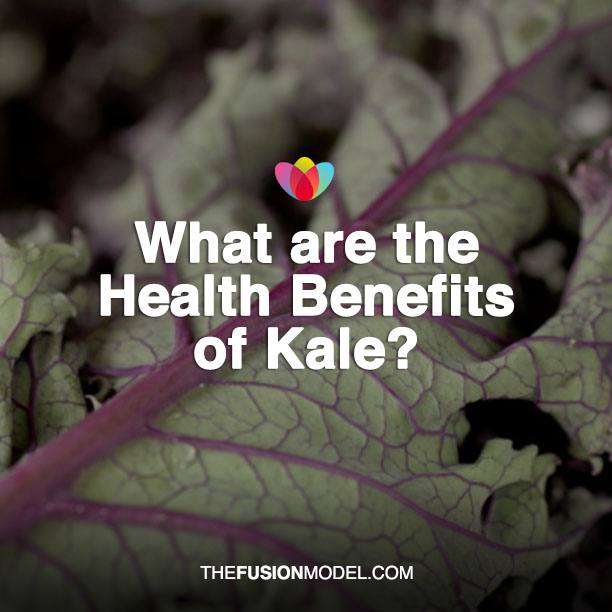Popeye was on to something when he cracked open a can of spinach; if only he had known about kale! The year 2013 was all about kale. Things like braised kale, kale chips, kale cleanses, kale cakes, pickled kale, kale shots, and the first-ever kale festival popped up in cities around the country. So what is it about kale that’s making people go kale-crazy?
Back in the day, kale wasn’t so popular. It was more often dismissed as a garnish for gift baskets of other foods, instead of actually being put on the menu. Today, kale’s following has reached a cult-like status, with people going so far as to wear kale T-shirts and name their newborn sons after it. In the restaurant biz, kale has sprung up on 400 percent more restaurant menus in the past four years. It’s almost as if kale has become a celebrity in itself — a kale-brity!
A member of the cabbage family, kale is most similar to broccoli, Brussels sprouts, collard greens and cauliflower in its genetic makeup. The nutritional value of kale is enormous. It’s a great dairy-free source of bone-strengthening calcium and contains copious amounts of antioxidant vitamins — including beta-carotene (important for vision health), vitamin K (for normal blood clotting) and vitamin C (for immune-system support and anti-cancer properties). Kale’s fiber content and low-calorie status make it a great choice for dieters and healthy eaters. On top of that, studies indicate that kale has the ability to reduce the risk of heart disease and improve cholesterol. Including kale in your daily diet is an easy way to prevent common health concerns and potentially eradicate any issues you may be facing now. And with the country’s booming interest in healthy living in general, kale’s health benefits are no doubt helping to keep it at the top of the popular food list.
In the past, kale has received a bad rap for its bitter flavor and the texture of its leaves, which are sometimes difficult to digest when eaten raw. There are a number of varieties of kale; the two most common in today’s stores are curly kale, which has ruffled leaves on thick stems and is usually dark green, and lacinato kale (also called Tuscan kale), which is dark blue-green in color. To get the best flavor out of kale, try it during the winter months, when it’s in season. You’ll find it to have a far less bitter taste than during the summer months. Choose kale that is dark in color with hearty stems. Chopping it up into small strands or pieces before serving or cooking can help improve the flavor, while blanching is the best way to preserve the antioxidant and nutritional value of kale.
Another awesome, less-well-known aspect of kale is that it freezes well. After freezing it or exposing it to frost, you’ll find it has an even sweeter flavor profile. The versatility of kale has helped boost its popularity as well. Kale is easy to add to almost any meal and pairs well with many dishes.
Kale has come a long way since it was favored as a garnish. Last year, the cookbook 50 Shades of Kale popped up, filled with tips and recipes for kale cooking, care and preparation. If you can’t find something that interests you there, a quick online search will bring up hundreds of innovative uses and recipes for kale from food bloggers, professional chefs, kale connoisseurs and anyone who just loves kale!
What people like most about kale seems to be its well-deserved, high-profile superfood status. Whipping up a quick green smoothie or snacking on a handful of crunchy sea-salt kale chips is a great way to fuel your body with antioxidants, fiber, vitamins and minerals while enjoying a tasty bite. With 2013 coming to a close, there’s no question kale will remain at the top of the charts through 2014 and beyond.
Not sure how you want to try kale next? Here are a handful of recipes we know you’ll love:




